Jewish News and Community in Shanghai
Newspapers and Journals for Hitler's Refugees in the Hongkew Ghetto
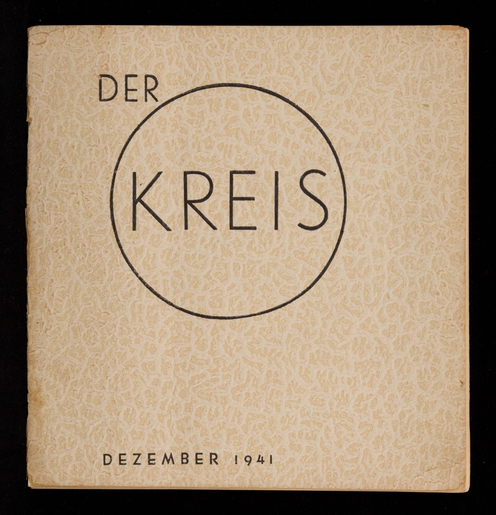
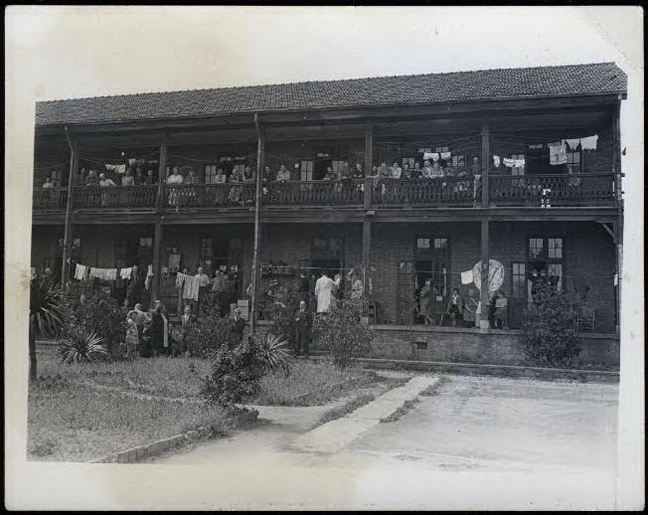
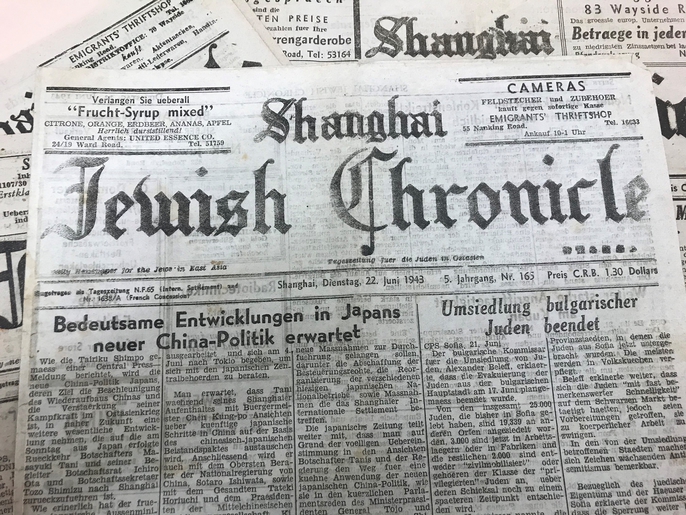
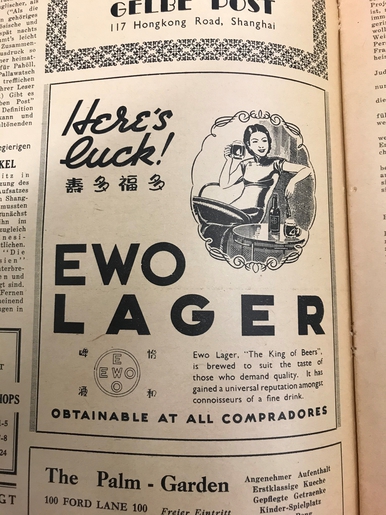
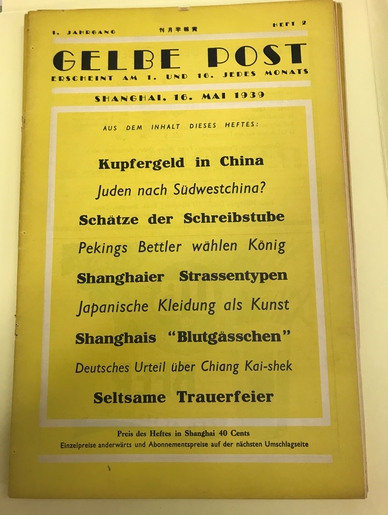
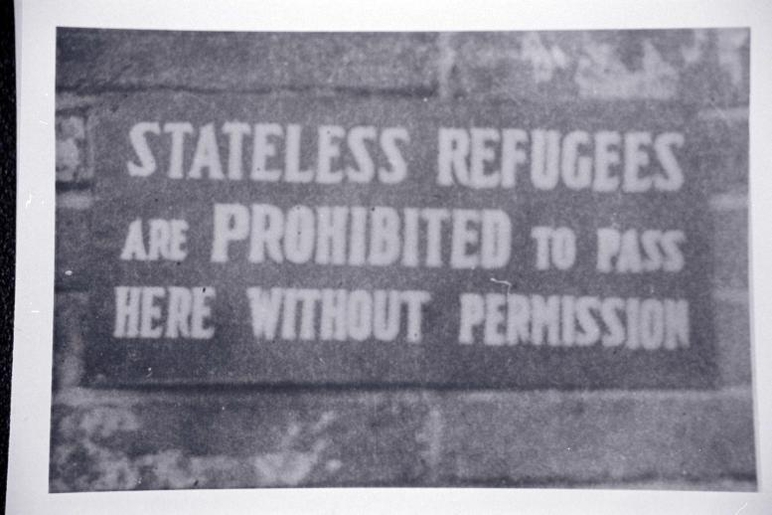
In 1938, as Jews were fleeing Nazi Germany, many turned to Shanghai as a last resort since they could enter the port of Shanghai without a visa. Before 1938, the Jewish community in Shanghai was relatively small. Sephardic traders had been the first Jews to settle in Shanghai in the 19th century, followed by Russian and East European Jews fleeing pogroms in the early 20th century. By the mid-1920s the Jewish population was around 2000. Emigration from the German Reich was closed in October 1941. By then, the Jewish population in Shanghai had ballooned to about 25,000.
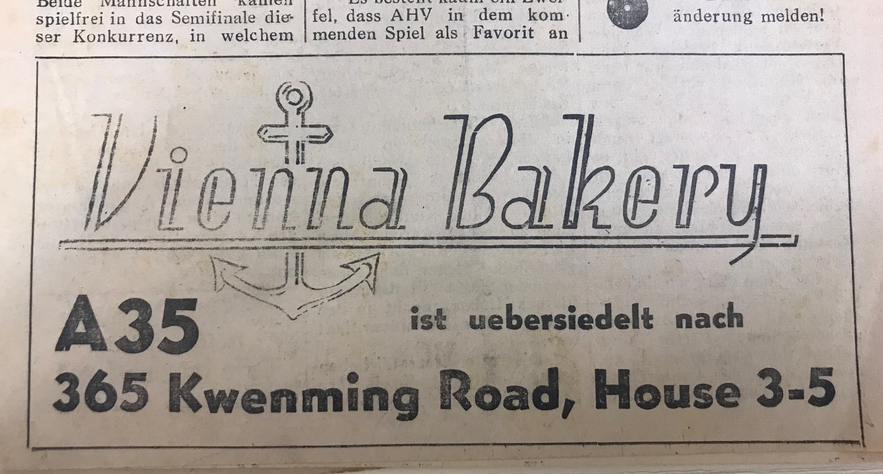
Life for Jewish refugees in Shanghai was difficult. Most came there with relatively little money. Once the war began in the Pacific, Japanese authorities required these refugees to live in the Hongkew ghetto. Many were forced to give up homes they had outside the ghetto. Employment was limited since Jews could not leave the ghetto without a pass and relatively few were able to obtain one. Many suffered from malnourishment. Jewish newspapers documented the community's efforts to thrive despite increasing hardships. "We live here as guests in a foreign land, that is sought as a home in the confusion of war and we always have ... to keep that in mind," wrote Wolfgang Fischer in the first issue of the Shanghai Woche.
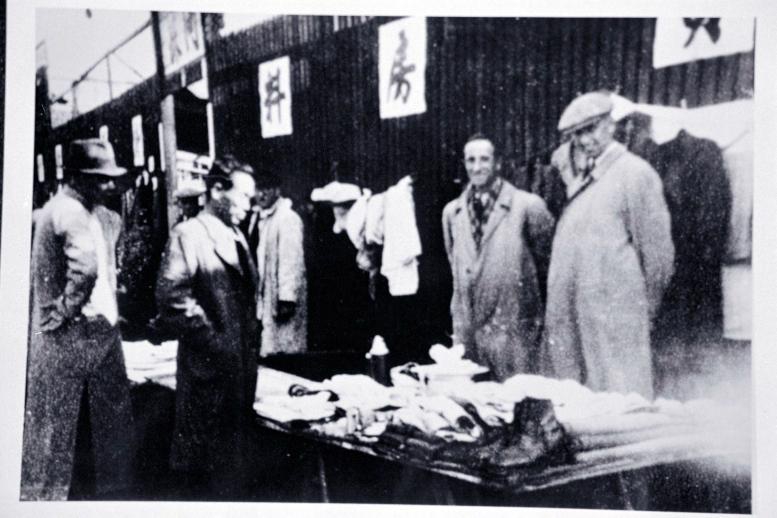
In the confusion of war and separation from their home countries, newspapers and journals provided a semblance of normalcy and a means to reinforce their identity. As refugees in Shanghai, Jews had lost their cultural and spiritual roots along with their means to make a living. Newspapers and journals, which had been a part of their middle-class identity prior to the outbreak of the war, linked the displaced refugees to a community.
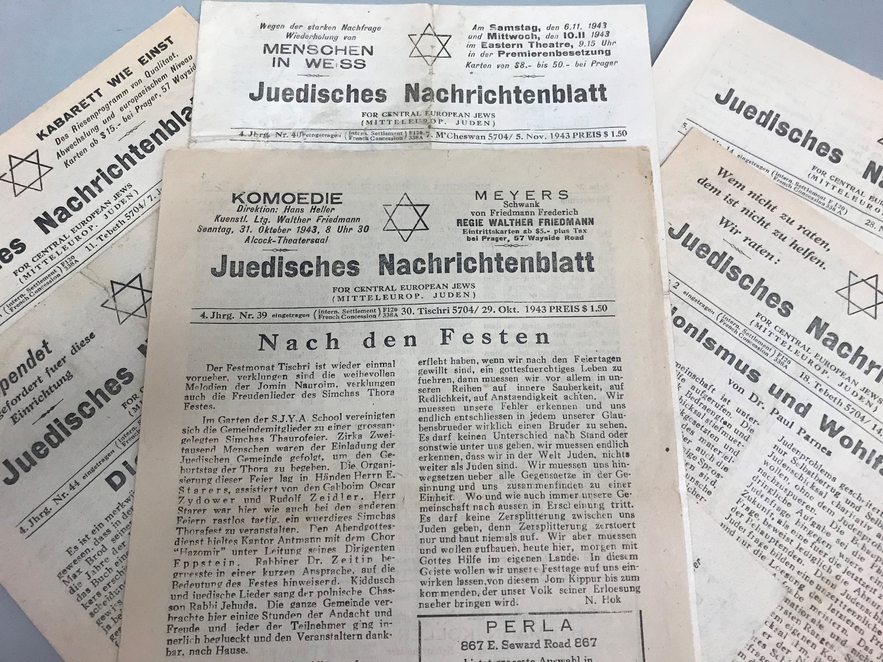
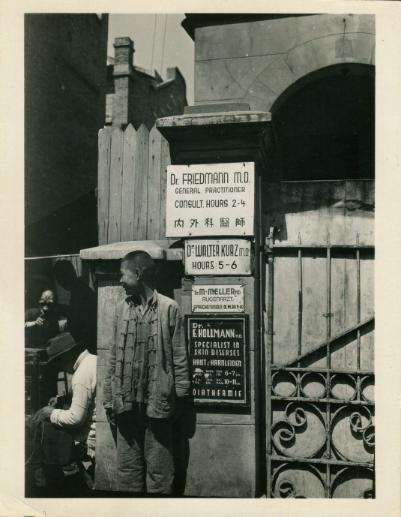
Newspapers like the Jüdisches Nachrichtenblatt reported on community events, published essays on Judaism, as well as listed family news, prayer times, and events for children. A handful of short-lived journals devoted to the arts, like Gelbe Post and Der Kreis, were also published for Jewish refugees, reflecting the rich cultural life that existed in the ghetto despite difficult circumstances. There was a small pamphlet publication called Sport, which reported on local Jewish sports teams and events. Publications like Mitteilungen der Vereinigung der Emigranten-Aerzte in Shanghai ("Newsletter for the Organization of Emigrant Doctors in Shanghai") and Medizinische Monatshefte Shanghai ("Shanghai medical monthly") document that refugees like doctors and dentists were still able to pursue their professions in Shanghai.
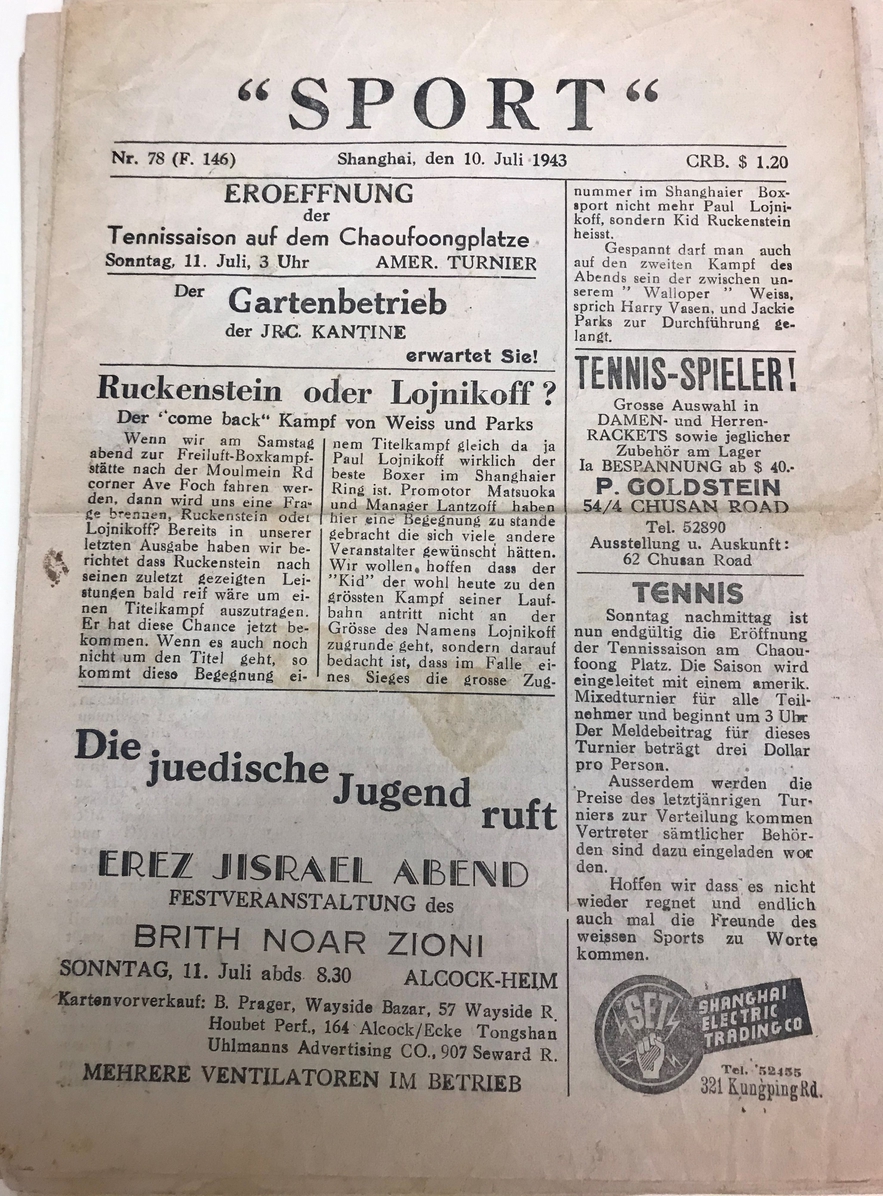
Of the small number of newspapers and journals that began with the surge of arrivals in 1938, few continued after 1942. It was difficult to find the financial support needed to run a paper and few could survive on advertising alone. Journalists were able to publish the latest news from foreign wire services and news agencies in Shanghai, although they were careful not to upset the Japanese authorities when reporting on world events. Only two newspapers survived the outbreak of the Pacific War: Jüdisches Nachrichtenblatt, which mainly reported on community events, and the Shanghai Jewish Chronicle, which continued publishing under close censorship from Japanese officials.
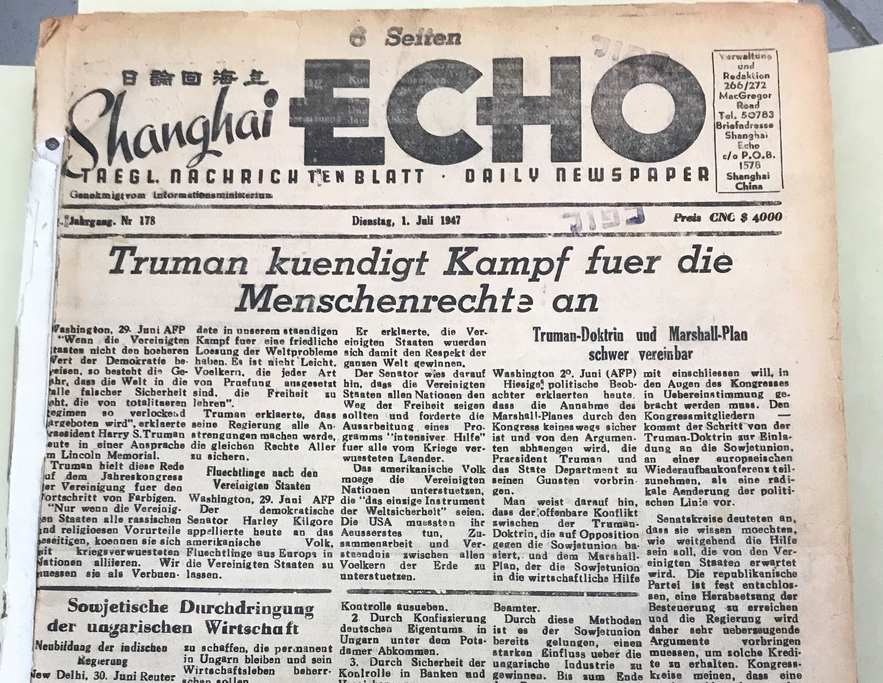
At the end of the war, the number of newspapers and journals providing news to Jewish refugees increased. Newspapers like the Shanghai Echo reported on international news, especially news of refugee emigration. The pass system and segregation of Jewish refugees in the Hongkew ghetto had ended. Shanghai's economy improved and the possibility of relocating away from Shanghai opened. Most Jews, however, did not want to return to their home countries, especially after learning the fate of their relatives who had remained. Jewish refugees immigrated to the United States, Canada, Australia, New Zealand, Latin America, and the newly founded state of Israel (after 1948). Most of these post-war papers for Jewish refugees had disappeared by 1950, when only a small number of Jewish refugees remained.
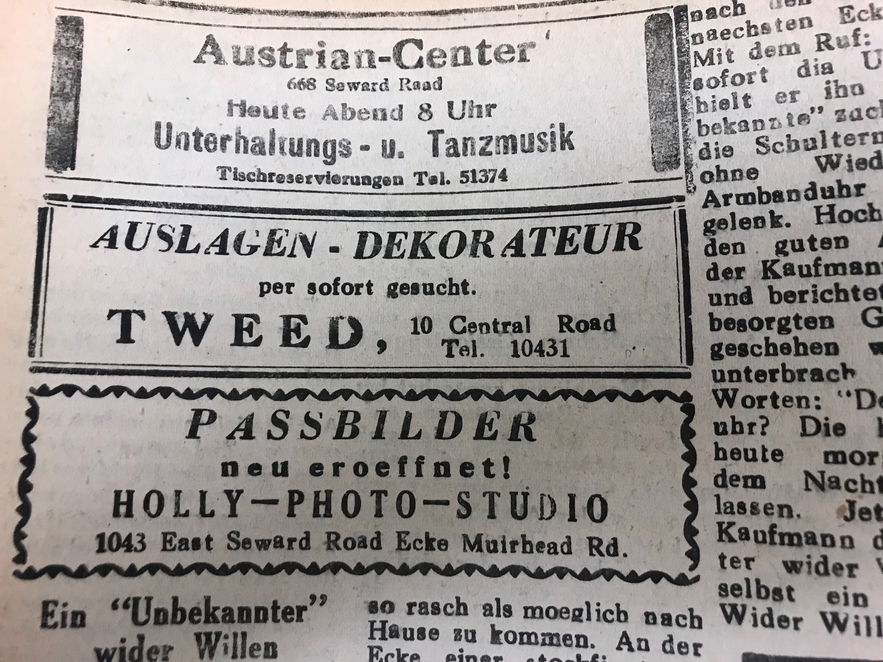
Bibliography:
Eber, Irene. "The Shanghai Jewish Exile Press, 1939-1946." Jewish Refugees in Shanghai 1933-1947 : a Selection of Documents / by Irene Eber. Göttingen : Vandenhoeck & Ruprecht, [2018]. p. 485-548
Geldermann, Barbara. "'Jewish Refugees Should Be Welcomed and Assisted Here!' Shanghai: Exile and Return." The Leo Baeck Institute Year Book, Volume 44, Issue 1, January 1999, Pages 227–243, https://doi.org/10.1093/leobaeck/44.1.227. Accessed 17 Aug. 2020.
Ti, Wei Peh. “A peek backwards into the Jewish Community of Shanghai.” Journal of the Hong Kong Branch of the Royal Asiatic Society, vol. 32, 1992, p. 149–163. JSTOR, www.jstor.org/stable/23891046. Accessed 17 Aug. 2020.
Vámos, Péter. “'Home Afar': The life of Central European Jewish Refugees in Shanghai during World War II.” Acta Orientalia Academiae Scientiarum Hungaricae, vol. 57, no. 1, 2004, pp. 55–70. JSTOR, www.jstor.org/stable/23658574. Accessed 17 Aug. 2020.